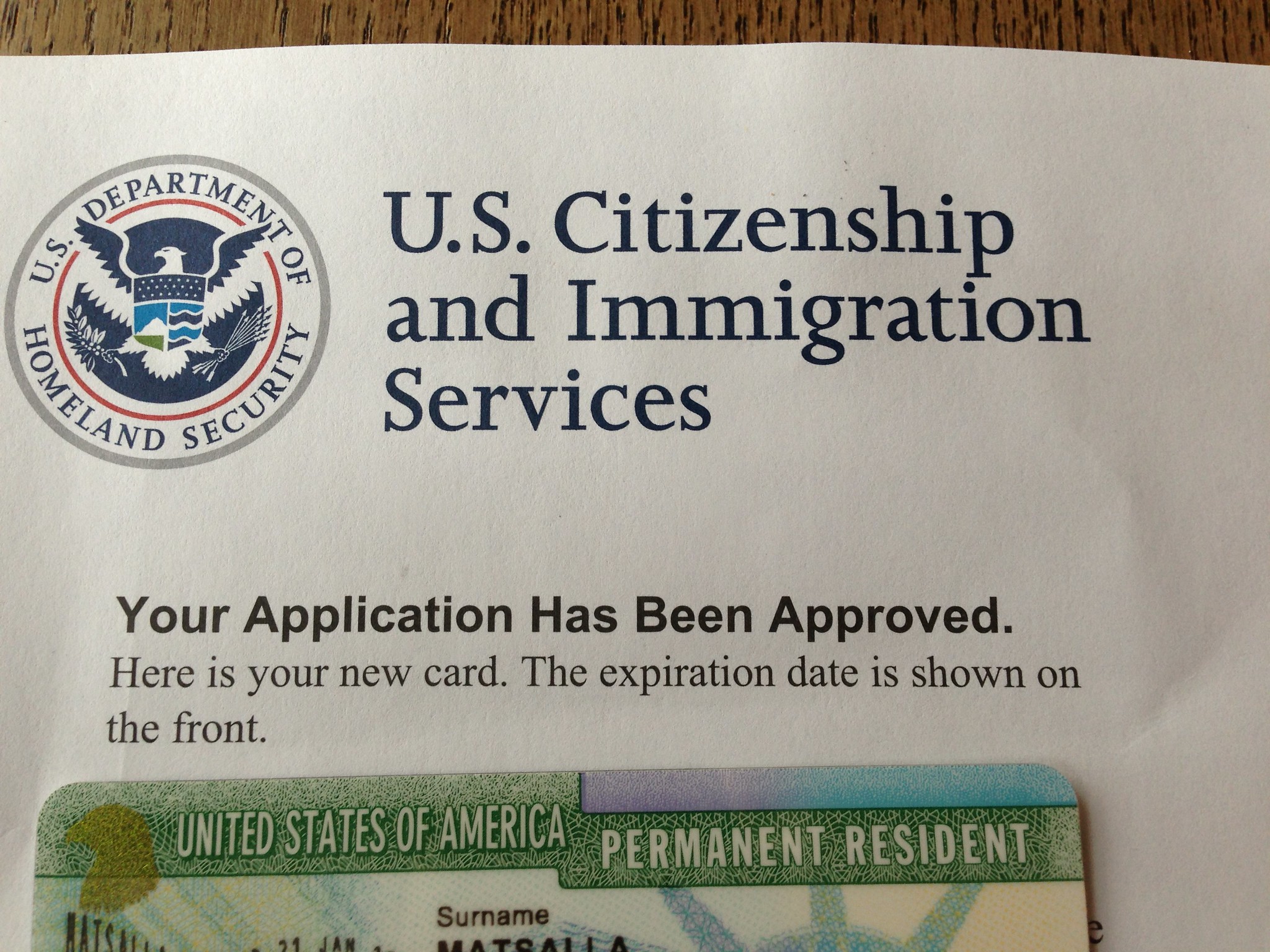If you’re unsure about which visa is right for you or need assistance with the process, consulting an immigration professional can help you avoid delays and mistakes.
The United States attracts millions of visitors, students, workers, and immigrants each year. However, before entering the country, most foreign nationals must obtain a visa. The U.S. visa system is complex, with different categories designed for various purposes, including tourism, business, education, employment, and family reunification.
Understanding the different types of U.S. visas is crucial if you plan to visit, work, study, or move permanently. Choosing the wrong visa type or failing to meet the application requirements can result in delays, denials, or even legal consequences.
Among the many visa categories, family-based visas are some of the most sought-after. Many people want to reunite with their loved ones in the U.S., whether through marriage, fiancé(e) sponsorship, or other family relationships.
Family-Based Visas
If you are engaged to a foreign national and plan to marry in the U.S., the K1 visa (or the fiancé(e) visa) is the legal pathway to bring your future spouse into the country. The visa is intended for foreign fiancé(e)s of U.S. citizens, permitting them to enter the U.S. with the requirement that they marry their sponsor within 90 days of arrival. For those navigating this process, seeking guidance from an immigration expert can help prevent delays or denials due to incomplete applications or missing documentation.
Otherwise, to qualify for the K1 visa, applicants must meet the following requirements:
- The petitioner must be a U.S. citizen (not just a Green Card holder).
- Both individuals must be legally free to marry, meaning any previous marriages must be legally terminated.
- The couple must have met in person at least once within the past two years before filing the petition (exceptions apply in rare cases).
- The relationship must be genuine, requiring proof of communication, photos together, and statements from friends or family.
- The U.S. citizen must meet income requirements to financially support their fiancé(e).
Once the fiancé(e) arrives in the U.S. and the couple gets married within the required timeframe, they can begin the process of adjusting status to permanent residency (Green Card). This step ensures that the foreign spouse can legally remain in the U.S. beyond the 90-day visa limit.
Employment-Based Visas: Working Legally in the U.S.
Many individuals enter the U.S. to work, and employment-based visas are designed to accommodate professionals, skilled workers, and temporary laborers. The most common employment visa categories include:
- H-1B Visa: This visa is for skilled professionals in specialized fields such as IT, engineering, finance, and healthcare. It requires sponsorship from a U.S. employer.
- L-1 Visa: This visa is for employees of international companies who are being transferred to a U.S. branch. Multinational corporations commonly use it.
- O-1 Visa: This visa is designated for individuals with exceptional abilities in science, arts, education, business, or athletics and is reserved for highly accomplished professionals recognized in their field.
- TN Visa: This visa is available for Canadian and Mexican professionals under NAFTA/USMCA. It allows qualified individuals to work temporarily in the U.S.
Most employment-based visas require employer sponsorship, meaning you must have a U.S. company willing to petition for you. Some of these visas can also serve as stepping stones to obtaining a Green Card.
Student and Exchange Visitor Visas: Studying in the U.S.
The U.S. is home to some of the world’s top universities, attracting international students from around the globe. If you plan to study in the U.S., you will need either an F-1 or M-1 visa.
- F-1 Visa: This visa is for students attending accredited academic institutions, including universities and language programs.
- M-1 Visa: This visa is for students enrolled in vocational or non-academic programs, such as trade schools.
The J-1 Visa is another category designed for exchange visitors participating in cultural and educational exchange programs, including researchers, teachers, and interns.
Students and exchange visitors must maintain their visa status by enrolling in the required number of courses and following all immigration guidelines. Unauthorized work or failure to maintain full-time enrollment can result in visa violations.
Business and Tourism Visas: Short-Term Travel to the U.S.
For short-term visitors, the B-1 and B-2 visas are the most common options:
- B-1 Visa: This visa is for business visitors attending conferences, negotiating contracts, or conducting limited business activities.
- B-2 Visa: This visa is for tourism, family visits, medical treatment, and leisure travel.
These visas typically allow stays of up to six months, but they do not permit employment in the U.S. If you plan to work, you will need an appropriate employment visa.
Humanitarian and Special Circumstance Visas
The U.S. provides visa options for individuals facing extraordinary circumstances, including:
- U Visa: For victims of crimes who have suffered physical or mental abuse and assist law enforcement in investigations.
- T Visa: For victims of human trafficking who cooperate with authorities to prosecute traffickers.
- Asylum and Refugee Status: For individuals escaping persecution due to their religion, nationality, political beliefs, or affiliation with a specific social group.
These visas not only provide protection but may also offer a pathway to permanent residency for eligible individuals.
Diversity Visa Lottery: A Pathway to U.S. Residency
The Diversity Visa (DV) Lottery program grants a limited number of Green Cards annually to individuals from countries with historically low immigration to the U.S. The selection process is random, and winners must meet education or work experience requirements to qualify for permanent residency.
Winning a diversity visa is an excellent opportunity for eligible applicants, but it requires careful attention to deadlines and documentation requirements.
Transitioning from a Visa to a Permanent Residency
Many visa holders eventually seek permanent residency (Green Card status). It can be achieved through:

- Family Sponsorship: Spouses, parents, and children of U.S. citizens often qualify for family-based Green Cards.
- Employment-Based Green Cards: Some temporary work visa holders (like H-1B holders) can apply for a Green Card through their employer.
- Asylum or Refugee Status: Those granted asylum or refugee status can apply for a Green Card after one year of residence in the U.S.
Adjusting to permanent residency involves meeting eligibility criteria, filing applications, and attending interviews if required.
Common Visa Application Mistakes and How to Avoid Them
Many visa applications are denied due to simple mistakes. Common errors include:
- Submitting incomplete or incorrect forms.
- Failing to provide sufficient supporting documents (such as proof of financial stability or relationship evidence).
- Missing application deadlines or failing to follow up on additional requests.
By ensuring accuracy and seeking professional guidance, you can improve your chances of a successful visa application.
Navigating the U.S. visa system can be challenging, but understanding your options is the first step toward a successful application. Whether you’re traveling for tourism, work, education, or family reunification, choosing the right visa ensures a smooth entry into the U.S.
If you’re unsure about which visa is right for you or need assistance with the process, consulting an immigration professional can help you avoid delays and mistakes. No matter your reason for traveling to the U.S., knowing your visa options puts you one step closer to achieving your goals.


Join the conversation!